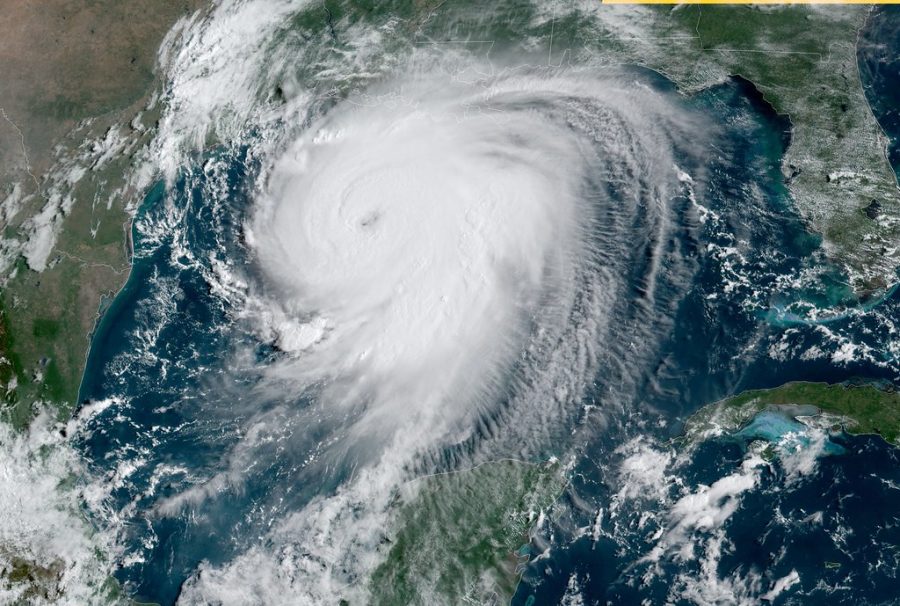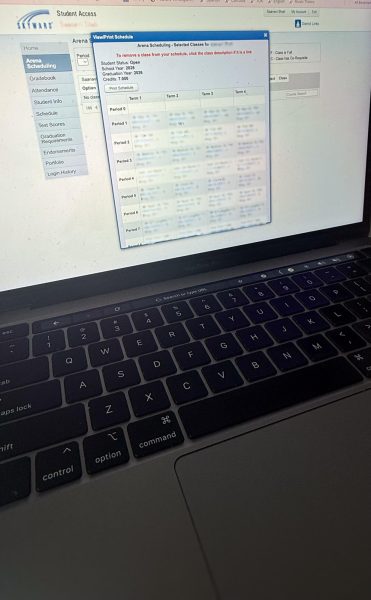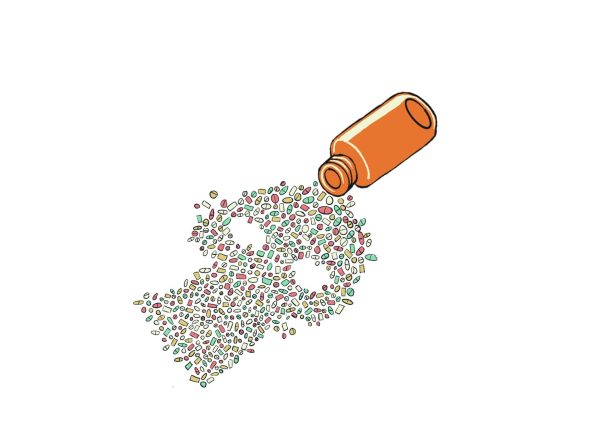Briefing on Hurricane Laura
Hurricane Laura, one of the most powerful tropical storms since Hurricane Katrina to strike the Gulf Coast in years, has made landfall as a Category 4 storm.
Laura was expected to create enormous storm surges of up to 15 feet. As it approached the Gulf Coast, Texas and Louisiana officials, as well as the American Red Cross, were racing to prepare for expected flooding, damage, and injuries. A concern was the wind—Category 4 entails winds above 130 mph near the storm’s center, and hurricane-force winds were expected to go farther inland into Texas and Louisiana. Mandatory evacuations were issued Tuesday, Aug. 24 for at-risk counties in Texas, and Houston-area toll roads have been waived by authorities.
“I urge Texans in the area to continue to take all necessary precautions as Hurricane Laura nears the coast and heed the guidance of local officials,” stated Texas Governor Greg Abbott in a statement Tuesday as the Texas and Louisiana state governments prepared for the worst.
Laura hit land early Thursday, Aug. 26, bringing mass death and destruction in its wake and causing loss of power for thousands. Fourteen people were killed as a result of the storm and its destruction, and there has been an estimated $8 billion to $12 billion in insured losses from the storm, and approximately $500 million in residential and commercial property damage. For comparison, Hurricane Harvey that ravaged Houston back in 2017 was also a Category 3 that grew into a Category 4 soon before landfall.
Shelters in Texas had been preparing to take social distancing precautions and to continue making COVID-19 virus testing available while the state prepared for the storm. The destruction inflicted by Laura was expected to affect even well-built homes and cause power outages. Flooding was also an impending threat. The rainfall, of up to five to 10 inches, that Laura produced was very prone to causing flash floods.
Even before the storm began approaching the U.S., Hurricane Laura killed nine people as it passed through the Caribbean, including the Dominican Republic and Haiti. It was expected for Laura to hit near the state line of Texas and Louisiana, but currently the latter state is being hit the hardest, with four deaths as of 2 p.m. Thursday being tied to the storm.
At around 1 p.m. on Thursday the storm was just south of the Arkansas border, and is expected to diminish as it passed through the state Thursday night. Laura will continue north, and its remnants will move into the Ohio Valley by the weekend.
The destruction Hurricane Laura produced included damaged cars and buildings, punched-out billboards and trees snapped in half.

Lilly’s interests include writing and watching movies! She loves to create stories and characters, and plans on majoring in English to become a teacher,...







Violet Dilley • Aug 31, 2020 at 8:10 pm
Very insightful!!